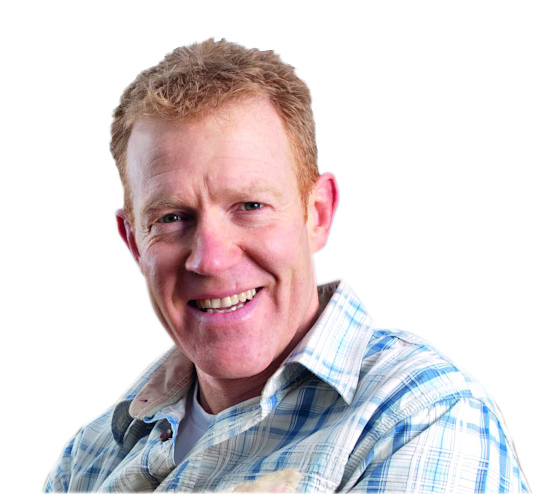Are you partial to a decent pint and enjoy the atmosphere of a great British pub? Then chances are you’ve quenched your thirst in The White Hart.
There are hundreds of White Hart inns all over the country and it’s the nation’s fourth most popular pub name (after The Red Lion, The Crown and The Royal Oak). But while you sup away, I wonder if you’ve given any thought to why so many hostelries are called The White Hart?
It’s thanks to Richard II, whose personal emblem was a white hart (a male deer or stag); in 1393 when he made it compulsory for pubs to have pictorial signs, many landlords thought they had better keep the king onside by adopting The White Hart name.
In the 14th century, the British Isles were deeply wooded and deer were everywhere. But it might surprise you to learn that it’s thought there are more deer in the UK today – with numbers estimated at around two million – than at any point in the last 1,000 years. Large wild deer have no predators and their overpopulation is bad for biodiversity and potentially disastrous for the campaign to plant more trees; seedlings and saplings are a magnet for deer. They devour shoots and foliage, strip the bark and rub their antlers against young tree stems. So controlling deer numbers with a measured and humane cull is seen as essential to manage woodland and vital for nature.
Not everyone agrees and wildlife groups with concerns are being reassured that culling is properly managed and monitored. The Forestry Commission is advising farmers and landowners on ways to manage their woodland sustainably and that includes discussions about a reliable and ethical outlet for deer meat as a by-product. And they’re not alone.
Should we be eating more venison?
A lot of work is underway to create a viable market and get more venison on the nation’s dinner plates. I’ve always felt that it’s a foodstuff that comes with a lot of misconceptions; “It’s only eaten by the gentry”, “too gamey and fatty” and even “only available in the winter”.
The truth is that venison is a tasty, low-fat source of protein that is available all year round. It’s rich in omega-3 fatty acids, packed with vitamins and contains essential minerals such as iron, potassium and zinc. According to the British Deer Society, it also has fewer calories and less cholesterol than most farmed meats. You might struggle to find British venison in your local supermarket but most butchers, farm shops and game dealers will be happy to help. Don’t be afraid to ask. As we discovered with rare-breed meat such as Old Spots pork and Gloucester beef in the ‘80s and ‘90s, demand can super-charge the market.
There’s also a little-known but crucial role that venison plays in helping to feed people in need. For several years I’ve been working with a food poverty charity that raises money to supply high-protein nutritious meals, including venison, to food banks and community kitchens. In the last decade, the charity has provided millions of meals to needy children and families across the UK and sent another 70,000 meals to the frontline in Ukraine. There’s also a nationwide movement for restaurants in Britain to serve more wild venison.
So could deer be food for the future? I’d like to think so. Wouldn’t it be fitting if delicious, healthy venison was on the menu in every White Hart pub across the country?
More health content
- This is what caffeine does to your brain at night - and it’s not good news
- What are the healthiest olive oil alternatives? These swaps will help cut down on your shopping bill – as well as your waistline
- Will caffeine really boost my PB? When to have that all-important caffeine-hit to improve your performance
- Your regular pasty and pint could be increasing your belly fat – though whether you want to try this controversial alternative is up to you…
Main image: deer in the Scottish Highlands. Credit: Getty





